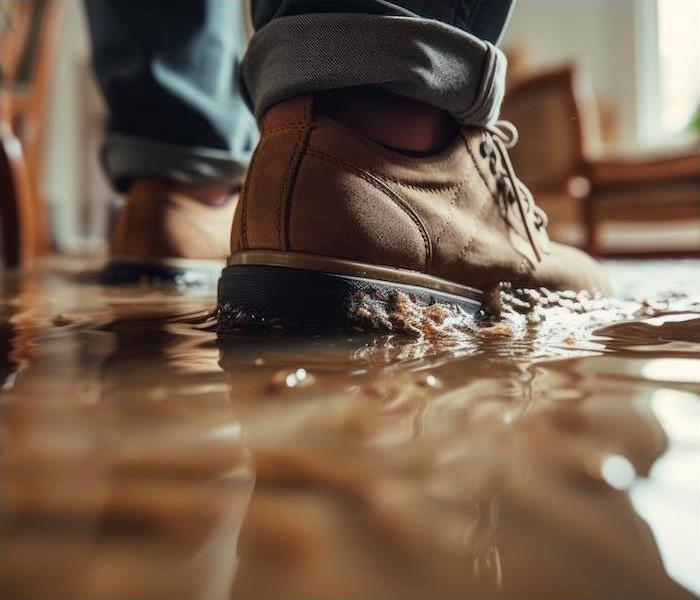Preventing Flood Damage: The Basics | SERVPRO of Cape Girardeau & Scott Counties
4/1/2024 (Permalink)
 SERVPRO of Cape Girardeau & Scott Counties is ready to help in a moments notice after spring showers leak in to your home or business.
SERVPRO of Cape Girardeau & Scott Counties is ready to help in a moments notice after spring showers leak in to your home or business.
Have you ever thought about how if you really want to get something done well, you just have to take it back to the basics? If you have kids and have ever had to help with their math homework, going back to the basics is the easiest way to avoid the tears (yours) that can come along with learning new skills.
Going back to the basics is a good way to protect your home from potential disasters, too. With basic home maintenance, you can take action against most of what Mother Nature has in store for us. We may not be able to keep her completely in check, but when you have covered the basics, you can mitigate major damage and get back on your feet faster.
Flooding is one of the top ways homes across the nation are damaged—which make covering the basics of preventing flood damage crucial.
Flooding can happen in a number of ways, and not all of them stem from the weather. While manmade disasters can catch you off-guard and leave behind a good deal of damage, they often tend to be easier to find, correct and recover from than a natural disaster. Flash floods, ponding water from heavy rain, roof leaks and other flooding can be pretty devastating, and they can happen to anyone.
Get to know our area’s flood zones. This can help you better understand your risks and how much preparation you need to do.
Even if you are not in a flood zone, it’s important to note how wet your yard and community can be when rains get heavy. If you are in a low-lying area, it may be helpful to add extra drainage to your yard or lengthen your downspouts to keep water away from your home.
If your home is surrounded by a lot of trees, covering your gutters to prevent blockages can be a great investment. It is also a good idea to keep a close eye on your roof during the fall and after windstorms to keep everything clear so water can move cleanly and quickly away. The more you can get to know your area, the safer you can keep your home.
While getting to know your area is a great first step toward protecting your home from water damage, there are a few other steps you should take as well. Start with your yard—the more you can help the rain move, the less likely it will be to enter your home.
Make sure your yard slopes away from your home. If there is a particular spot in your yard that just stays wet, consider adding a rain garden or other organic materials that will pull water down into the earth. Go underground with your gutter downspouts if you can. These can run the length of your yard and dump water directly into drainage areas to help keep things dry.
Inside your home, make sure your basement, windows and doors are well-sealed. Check and update caulking seasonally as needed, and have your basement professionally sealed when there are visible cracks. Add a sump pump to your basement to pull water out before things get flooded.
Taking things back to the basics is the best way to get and stay prepared. Add these simple items to your monthly checklist and rest easy knowing that your home is protected from flooding—and it was easier to do than teaching your kid math.
Do you have water damage in your home? Contact us at SERVPRO® for fast recovery.





 24/7 Emergency Service
24/7 Emergency Service